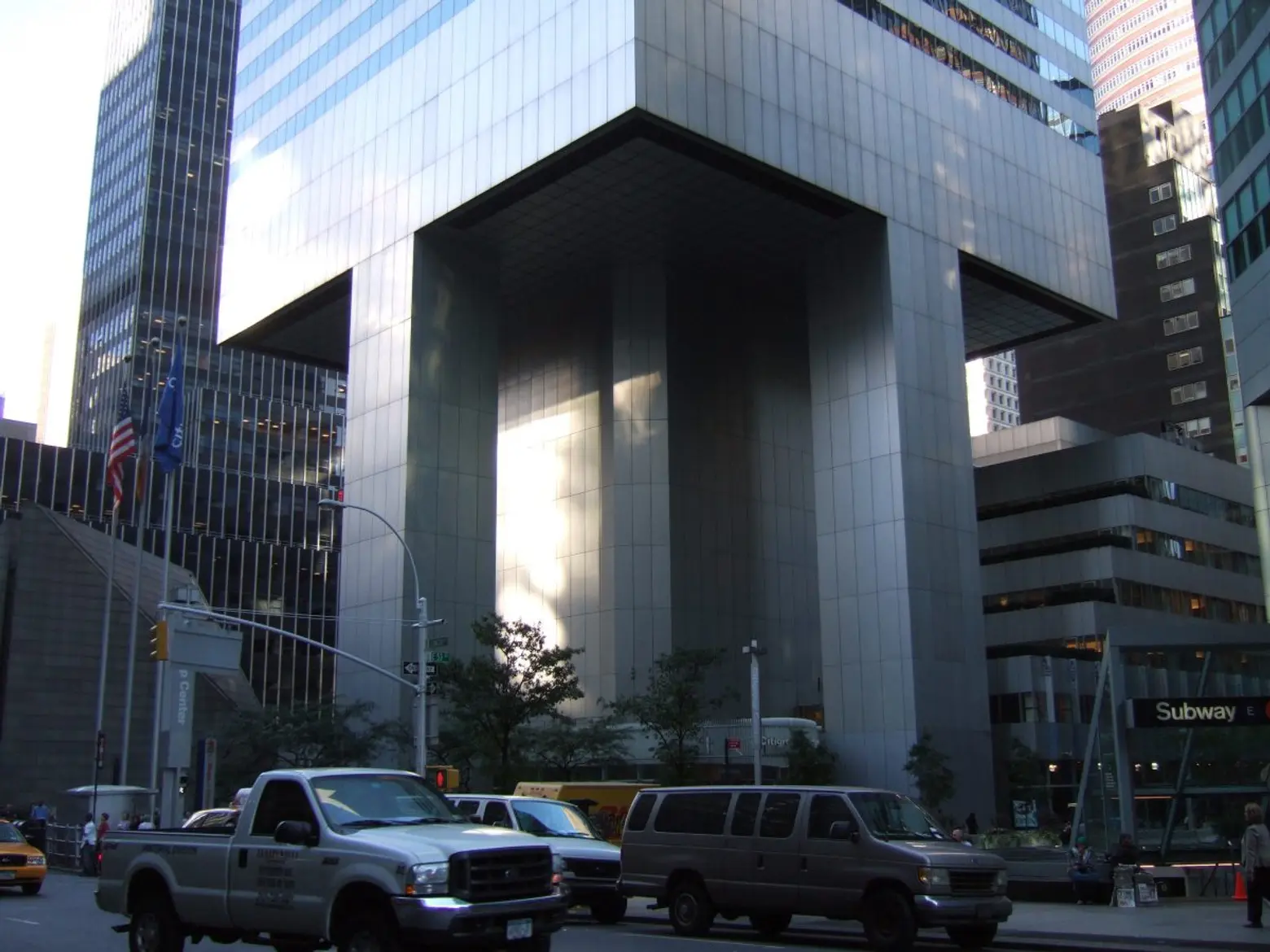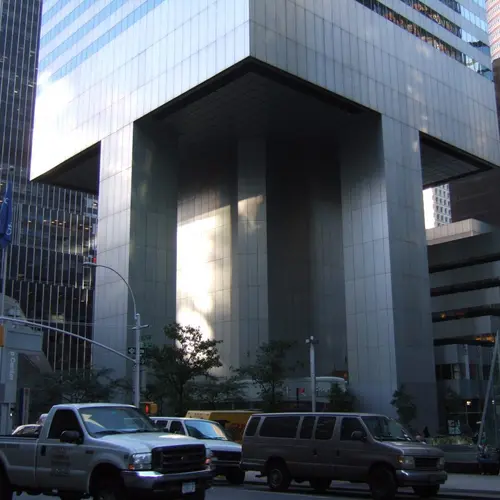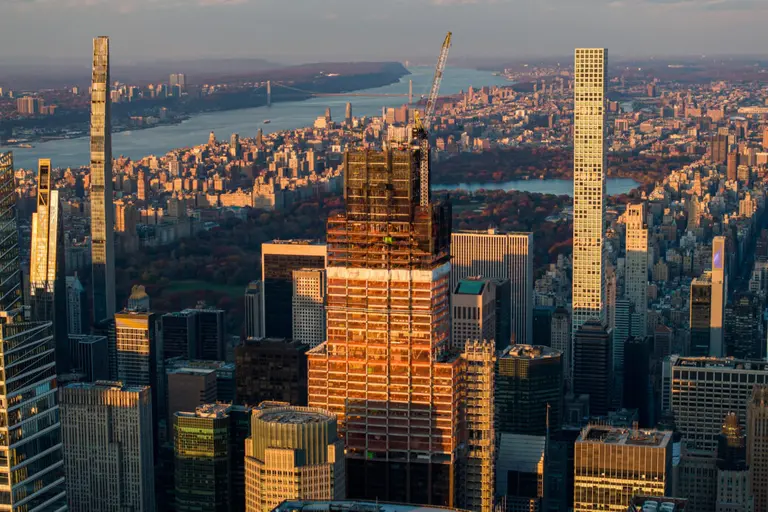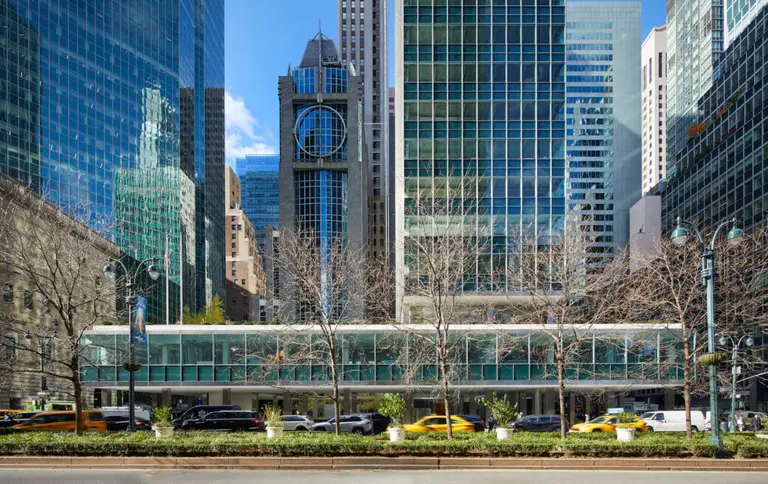The Nearly Fatal Design Flaw That Could Have Sent the Citigroup Center Skyscraper Crumbling

When it comes to skyscrapers, we put a lot of trust in architects. We have to trust that they know what they’re doing, and these seemingly impossible buildings are safe to be in and around. It’s even harder to trust what used to be known as the Citicorp or Citigroup Center, now 601 Lexington Avenue, whose bottom floors are like four stilts, holding 50 stories of building above them. It looks like a strong wind would blow the whole structure over. And when the building was constructed in 1977, before some emergency repairs, that was true.

A 99% Invisible design podcast recently discussed the long-secret design flaw at 601 Lexington, bringing new attention to the potential disaster. The problem was discovered in 1978, when structural engineer William LeMussurier’s staff had a discussion with a Princeton University civil engineering student named Diane Hartley. Hartley claimed, correctly, that the building was unsafe, due to an unusual weakness to winds hitting the corners of the building.
Even worse, a construction error changed the original design’s welded joints to bolted joints, weakening the entire building. A tuned mass damper was the only thing keeping the building intact, and it required electricity to function. If the electricity were to go out, a sufficiently powerful storm could blow the building over. An emergency repair welded steel plates over the bolted joints, making the building safe again. Had Hurricane Ella made landfall that year, the story might have been very different.
https://www.youtube.com/watch?v=TZhgTewKhTQ
Images via Wikimedia Commons





























